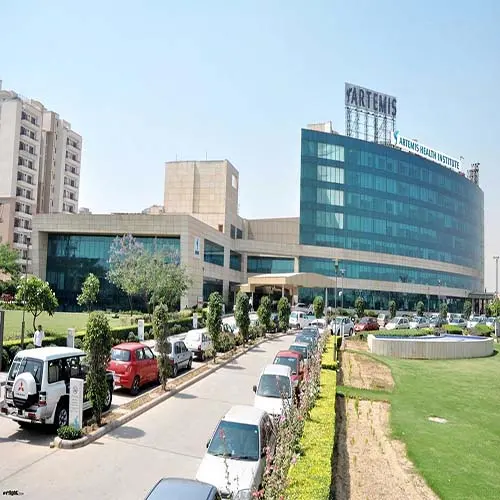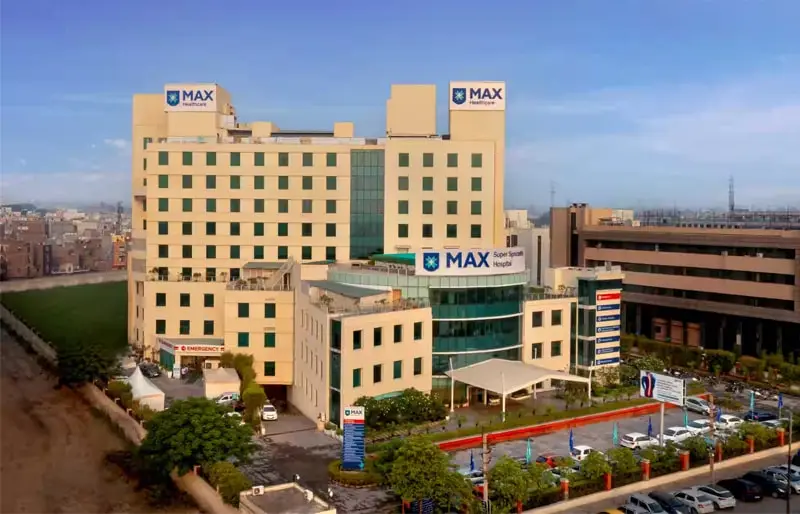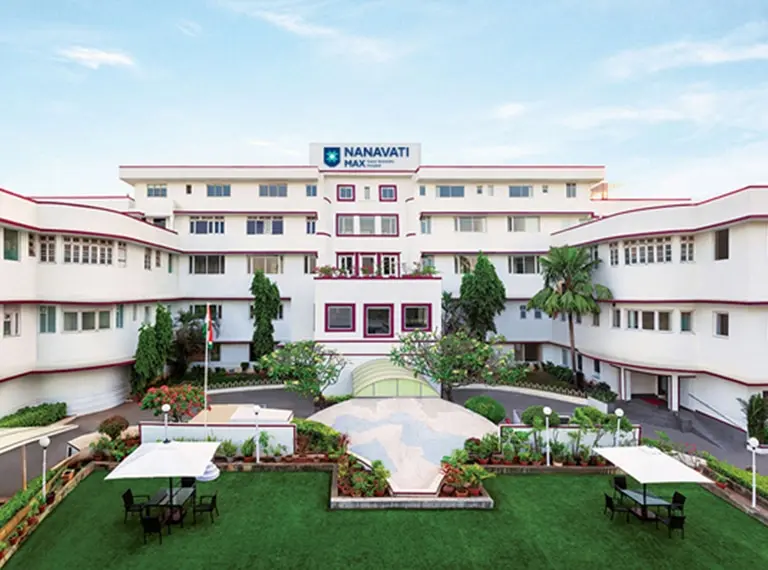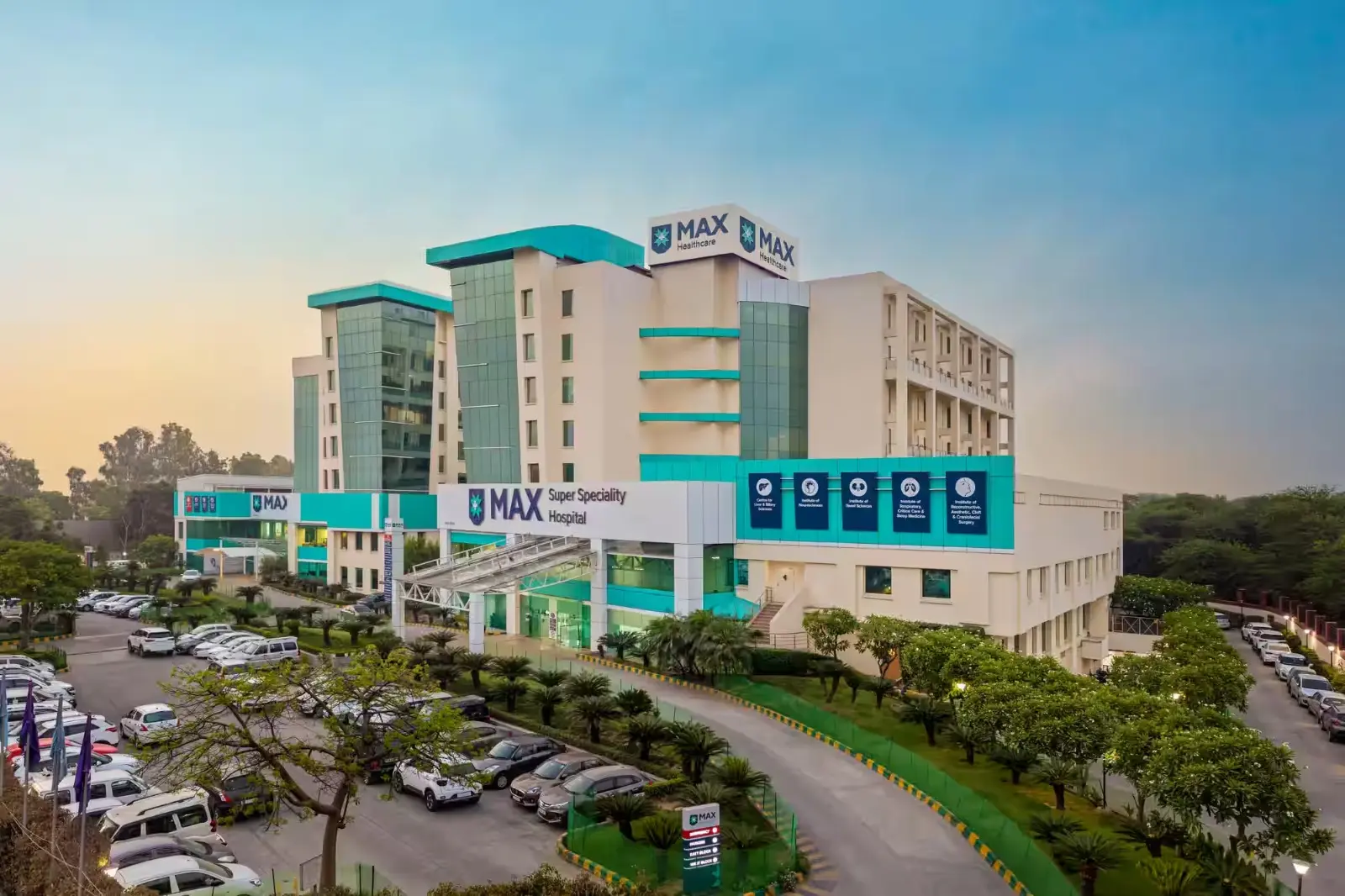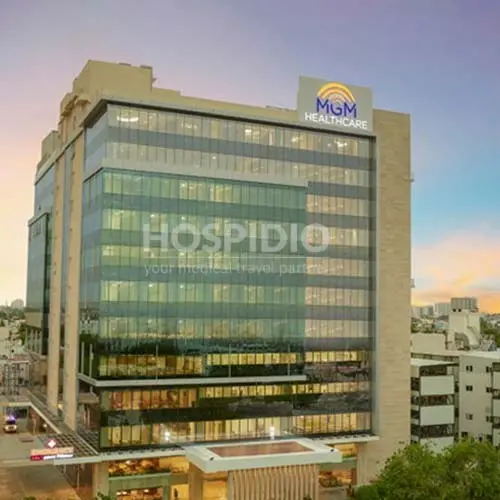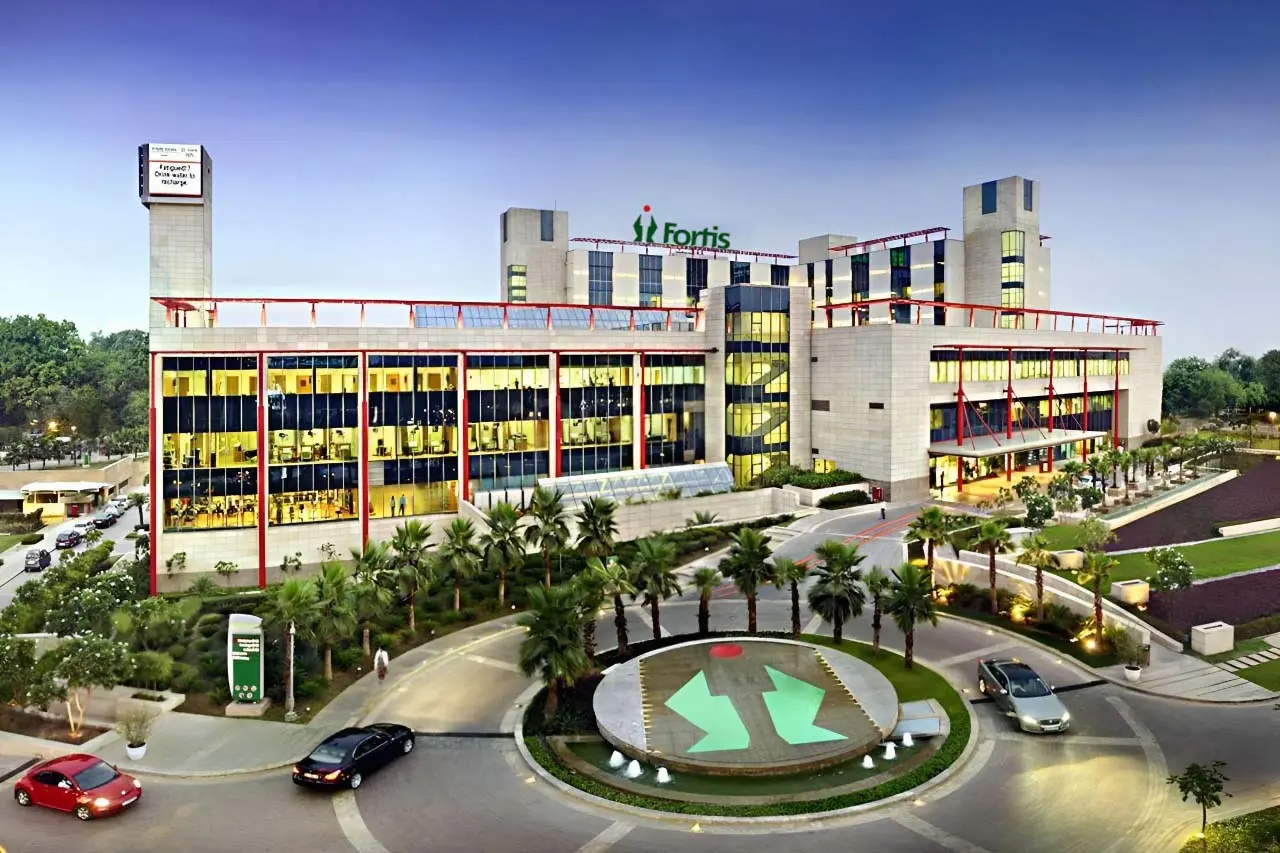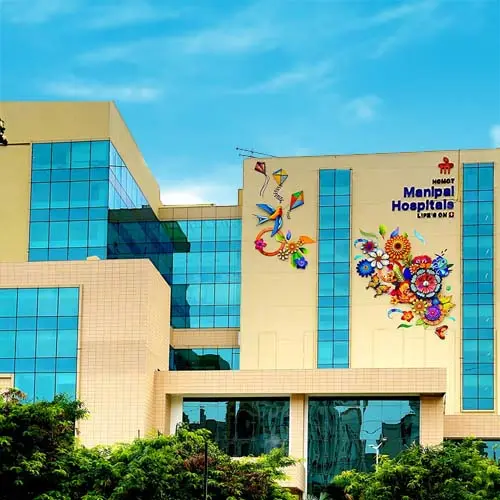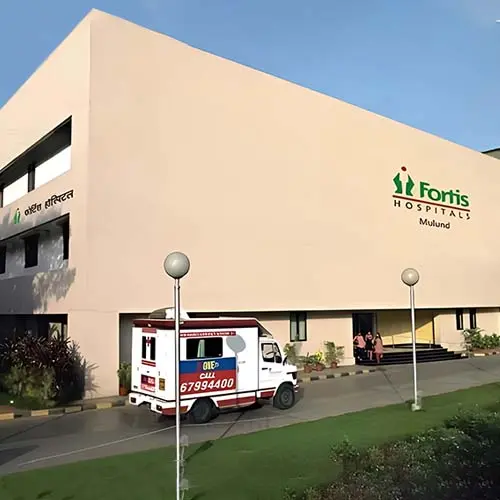Diabetic Foot Surgery cost in India
The Diabetic Foot Surgery cost in India ranges from around $2,000 to $5,500, which is approximately around 219,000 to ₹450,000 INR. The overall cost depends on the procedure required. For minor non-surgical treatments such as debridement and dressings, costs are lower. For more complex surgical interventions such as skin grafting, reconstructive foot surgery, or procedures leading up to partial amputation, the expenses can rise to $5500.
Cost Range of Diabetic Foot Surgery cost in India
What is diabetic foot surgery?
Diabetic foot surgery is a medical procedure performed to treat serious foot problems that develop as a complication of diabetes. High blood sugar over time can damage blood vessels and nerves in the feet, leading to poor circulation, loss of sensation, and a higher risk of wounds or infections. When these issues don’t heal with medicines, dressings, or other conservative treatments, surgery may be needed.
The type of surgery depends on the severity and nature of the problem. It can include cleaning out infected or dead tissue (debridement), improving blood flow with vascular surgery, repairing damaged skin with skin grafts, correcting deformities in bones or tendons, or, in severe cases, performing partial or complete amputation to prevent the spread of infection.
The main goal of diabetic foot surgery are to remove infection, promote healing, restore foot function, and, whenever possible, save the limb. Early diagnosis, proper wound care, and good blood sugar control play a major role in preventing the need for surgery.
Get a free cost estimate
Reasons for Diabetic Foot Surgery
Reason | Description | Goal of Surgery |
Severe Infection | Deep or spreading infection in the foot that does not improve with antibiotics or wound care. | Remove infected tissue and stop the infection from spreading. |
Non-Healing Ulcers | Open wounds that do not heal due to poor circulation or nerve damage. | Clean the wound, remove dead tissue, and promote faster healing. |
Dead or Dying Tissue (Gangrene) | Tissue death caused by a lack of blood flow, often seen in toes or parts of the foot. | Remove dead tissue and save as much of the foot as possible. |
Bone Infection (Osteomyelitis) | Infection that spreads to the bones of the foot. | Remove the infected bone to prevent further damage. |
Foot Deformities | Structural changes in the foot (e.g., Charcot foot) that increase the risk of ulcers and wounds. | Correct deformity to improve walking and prevent future ulcers. |
Poor Blood Flow | Severely reduced circulation to the foot that threatens tissue survival. | Improve blood flow with bypass or other vascular procedures. |
Limb Salvage | Advanced damage where surgery is the last option before amputation. | Preserve as much of the leg or foot as possible. |
Eligible Candidates for Diabetic Foot Surgery
Eligibility Criteria | Description | Why It Matters |
Confirmed Diabetic Foot Complication | Diagnosis of non-healing ulcers, deep infection, bone infection, gangrene, or severe deformity. | Ensures surgery is needed for a serious and proven medical issue. |
Severe Condition | Spreading infection, tissue death (gangrene), or bone involvement confirmed by imaging or tests. | Prevents life-threatening spread and saves as much of the foot as possible. |
Failed Non-Surgical Treatment | No improvement despite wound care, antibiotics, or offloading. | Surgery is the next step when other methods don’t work. |
Overall Health and Fitness | Stable heart, kidney, and lung function; blood sugar under control. | Reduces surgical risks and improves healing outcomes. |
Willingness for Post-Surgical Care | Commitment to wound care, physiotherapy, follow-ups, and lifestyle changes. | Ensures long-term success and prevents recurrence. |
Limb Salvage Possibility | Potential to save part or all of the limb through surgery. | Maximises preservation of mobility and function. |
Types of Diabetic Foot Surgery with Costs in India
Here is an overview of the common types of Diabetic Foot Surgery along with their approximate cost range in USD:
Type of Surgery | Description | Estimated Cost (USD) | Goal of Surgery |
Debridement | Removal of dead or infected tissue from the wound to promote healing. | $1000 – $1500 | Stop infection and prepare the wound for recovery. |
Skin Grafting | Transplanting healthy skin to cover a large wound after cleaning the infected area. | $1,500 – $2,500 | Close wounds and speed up healing. |
Bone Surgery (Osteotomy) | Removing or reshaping bone to correct deformities or remove infected bone. | $3,500 – $4,500 | Prevent recurrence of ulcers and improve foot stability. |
Vascular Surgery (Bypass/Angioplasty) | Restoring blood flow to the foot by bypassing blocked arteries or widening them with a stent. | $3,500 – $5,000 | Improve circulation to save the foot from amputation. |
Charcot Foot Reconstruction | Surgical correction of severe foot deformity caused by nerve damage in diabetes. | $4,500 – $5,500 | Restore foot shape, improve mobility, and prevent ulcers. |
Partial Amputation | Removal of affected toes or part of the foot to control infection. | $3,500 – $5,500 | Stop infection and preserve as much of the foot as possible. |
Below/Above Knee Amputation | Removal of the lower leg when infection or damage is too severe to save the limb. | $5,500 – $6,500 | Prevent life-threatening spread of infection. |
Get a free cost estimate
Diabetic Foot Surgery Cost in India Inclusions
- Patient investigations before surgery
- Surgeon fee, OT charges, anesthesia
- Pre-operative outpatient consultations
- Routine drugs and consumables required during hospitalization
- Pre-anesthesia check up and clearance
- Hospital stay and meals as per the package
Diabetic Foot Surgery Cost in India Exclusions
- Hotel stay, meals and flights
- Extended hospital stay
- Post-operative follow-ups and medical management
- Post-operative dressing and nurse visits
- Any blood products
- Complications management
- Treatment for any other underlying medical conditions
- Any complex investigations
- Anything not covered in the package
Other Factors Affecting Diabetic Foot Surgery Cost in India
- Choice of location, doctor and hospital
- Pre-existing medical history
- Type of surgery
- Overall patient status and condition at the time of surgery
Tests Required Before Diabetic Foot Surgery (with Estimated Costs in India)
Test Category | Description | Why It Matters | Estimated Cost (USD) |
Blood Tests (CBC, FBS, PPBS, HbA1c, KFT, LFT) | Complete panel to check blood counts, sugar control, kidney function, and liver function. | Detects infection, checks diabetes control, and ensures organs can handle surgery and anesthesia. | $100 – $180 |
Radiological Imaging (X-ray, MRI, Doppler Ultrasound) | Imaging tests to assess bone structure, detect infection, and check blood circulation in the legs. | Identifies bone damage, soft tissue injury, and circulation problems to plan surgery. | $350 – $500 |
Wound Culture and Sensitivity | Lab test to identify bacteria in the wound and determine the best antibiotic. | Ensures proper infection control before and after surgery. | $60 – $85 |
ECG (Electrocardiogram) | Records heart rhythm and function. | Confirms the heart is strong enough for anesthesia. | $80 – $100 |
Chest X-ray | Examines lungs for infection or other issues. | Ensures safe anesthesia and smooth recovery. | $45 – $60 |
Why is India Preferred for Diabetic Foot Surgery?
India is one of the most trusted destinations for diabetic foot surgery because it offers a combination of skilled surgeons, modern hospital facilities, and affordable treatment packages. Patients with severe diabetic foot complications—such as persistent ulcers, infections, or tissue damage—can access advanced care at a much lower cost than in many Western countries.
One of the major strengths of India’s healthcare system is the availability of multidisciplinary care teams, often including specialists in vascular surgery, orthopedics, wound care, and rehabilitation. These teams collaborate to remove infections, improve circulation, correct foot deformities, and preserve mobility. Many doctors have received part of their training abroad and follow internationally accepted treatment protocols.
India’s healthcare infrastructure is among the largest in the world, with over 1.4 million registered doctors and more than 70,000 hospitals and clinics. Many urban medical centers are equipped with high-end operation theatres, advanced imaging systems, and specialized diabetic foot care units. According to the Ministry of Health, India performs over 4.5 million surgeries annually, and its surgical success rates in specialized fields are comparable to global standards.
Affordability is another key advantage. While similar surgeries in countries like the United States or the United Kingdom may cost between $15,000 and $30,000, in India, the price typically ranges from $1,000 to $5,000, depending on the complexity of the procedure. This makes it an accessible option for both domestic and international patients.
In addition, many Indian healthcare providers offer comprehensive services for overseas patients, including help with medical visas, airport pickups, language interpretation, comfortable accommodation, and follow-up care coordination. Quick access to treatment, a patient-centered approach, and a focus on preserving quality of life have helped India earn its reputation as a leading choice for diabetic foot surgery worldwide.
Best Diabetic Foot Surgery Hospitals in India
FAQs
Diabetic foot surgery is a treatment done when diabetes causes serious foot problems such as infections, ulcers, poor blood flow, or dead tissue. The surgery helps remove infection, improve blood circulation, and save as much of the foot as possible.
You may need surgery if you have:
- Non-healing ulcers or wounds.
- Severe infection in the foot or bone.
- Poor blood circulation in the foot.
- Gangrene (dead tissue) due to diabetes.
- Debridement – removing dead or infected tissue.
- Vascular surgery – improving blood flow.
- Skin grafts/flaps – to cover large wounds.
- Amputation (partial or full) – only in severe cases to prevent the spread of infection.
In India, diabetic foot surgery has a success rate of over 85–90% in saving the limb when done on time. Early treatment greatly improves the outcome.
Recovery depends on the type of surgery.
- Small procedures: 2–4 weeks.
- Major procedures: 6–12 weeks. Physiotherapy, wound care, and diabetes control are important for faster healing.
Yes. In most cases, patients can walk again with proper wound care, physiotherapy, and special footwear. Even after partial amputation, artificial support and rehabilitation can help restore mobility.

